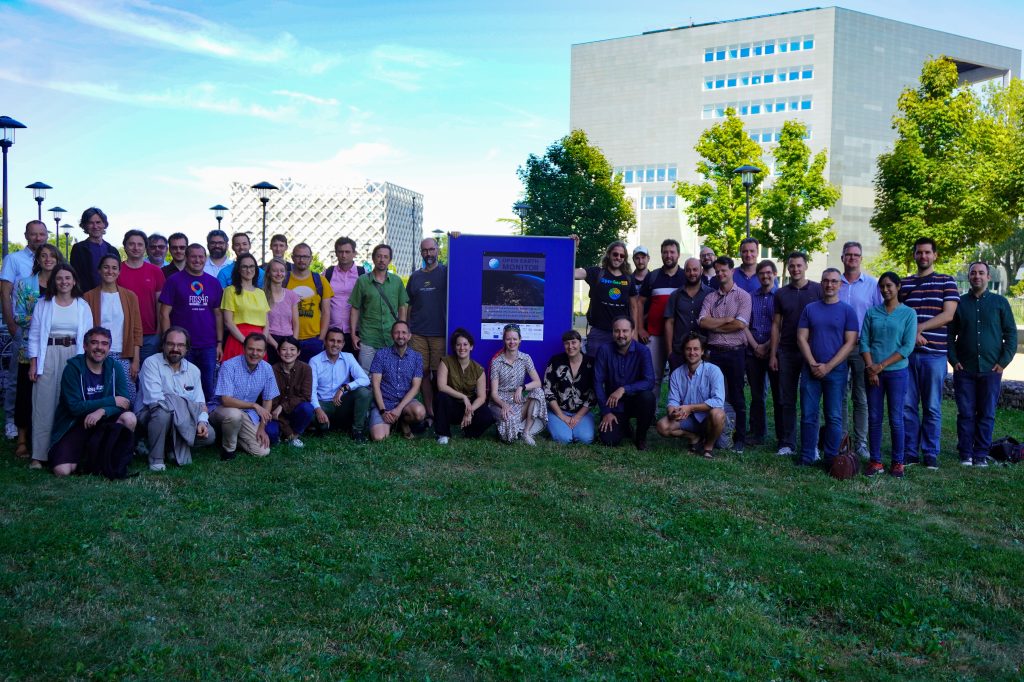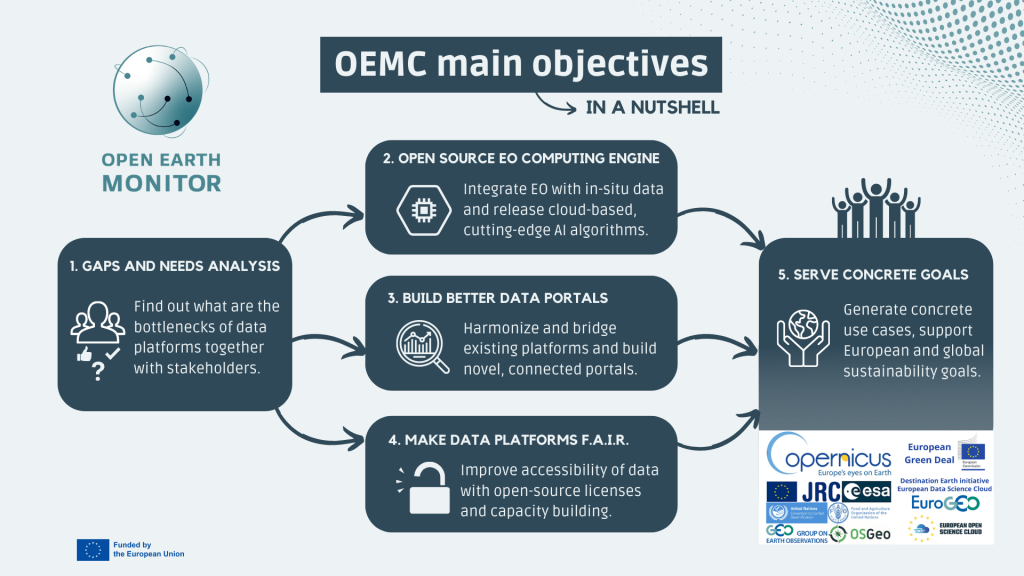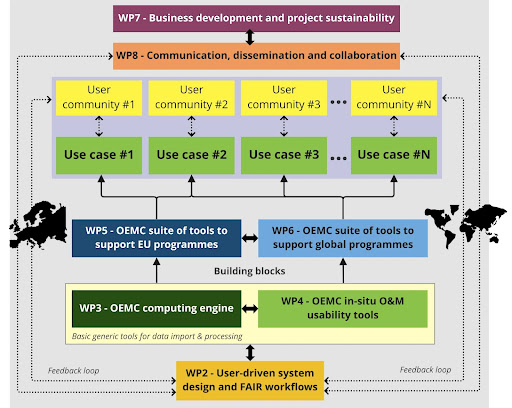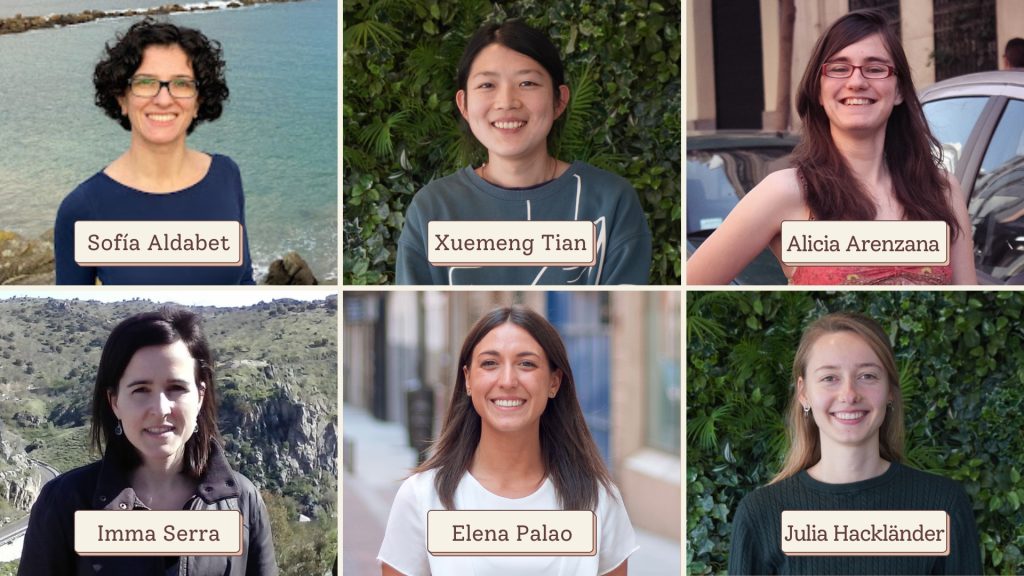
Imagine as you wake up in 2030, you might get out of bed and check a digital device showing your town’s real-time pollution, UV levels and climatic data. Imagine as you work the land in 2030, you use your phone to plan your agro-ecological farmland in a resource-efficient manner, because you know exactly which crop to plant when – as a farmer, you have access to Big Data, thanks to open-source, user-friendly platforms gathering public environmental information, including soil, water and weather forecasts, or data through ground sensors.
Imagine you enter your office in 2030, and you present your staff with your next application idea, which will provide timely water levels and drought risks to institutions and decision-makers based on climate scenarios and field data. These data are based on an open-source platform that allows you to build your business upon it.
These are just a few potential scenarios that European citizens, businesses, decision-makers and farmers could live in the future, and that is envisaged by the novel Horizon-Europe project Open-Earth-Monitor (OEMC) launched on July 17, 2022. OEMC aims at building a European cyberinfrastructure that could significantly accelerate the uptake of environmental information, and help build communities of users at European and global levels by 2026.
To face a future of uncertainties brought by climate change, the project’s main goal is to directly support European and Global sustainability frameworks by producing and integrating a range of open-source, data-based and user-friendly tools monitoring European and global natural resources facilitating decision-making and actions on the ground.
In a nutshell, over the next 4 years, the consortium of 21 partners led by the OpenGeoHub foundation will be (1) building a cloud-based, open-source EO computing engine integrating Earth Observations with field data from pilot cases, (2) releasing FAIR data portals that seamlessly integrate existing and novel European data with global ones, (3) while identifying, inviting and engaging with end-users: European agencies and programmes, European research organizations, United Nations and similar international organizations, user communities (NGOs, academia, EO service providers and developers i.e. SMEs, citizens, decision-makers, landholders).
Ultimately, the tools generated by the Open-Earth-Monitor cyberinfrastructure aspire to translate big environmental data into real-world applications with usable tools, so the project has dedicated a team to generate use cases for early testing and garnering feedback on their functionality directly from the end-users — shifting the focus of existing and novel EO technologies towards users and people.

What is a cyberinfrastructure?
Whether targeting technical or non-technical users, these open-source monitoring tools will serve to overcome the barriers of finding,using and understanding massive, complex data volumes and to unveil the changes of land, air, water, biodiversity and other natural resources with analysis- or decision-ready information.
But only with collaborative environmental research, accessible technology and transparent, evidence-based decision-making that hold governing agencies and industries accountable, we can achieve environmental data governance sustainably.
This is why the Open-Earth-Monitor has proposed something more than a novel environmental platform, bringing forward the concept of a ‘cyberinfrastructure’, also defined as a system of “data and information management, advanced instruments, visualization environments, and people, all linked together by software and advanced networks to improve scholarly productivity and enable knowledge breakthroughs and discoveries not otherwise possible.”

The synergies between the elements of this technological ecosystem –data, engines, people and governance– will be key in releasing of the OEMC monitoring tools that will support several sustainability-policy areas included in the European Green Deal, the European Data Act, the Destination Earth initiative, and on a larger scale the Sustainable Development Goals promoted by the United Nations, specifically in the sectors of:
- Forestry and nature conservation: Operational planning for planting 3 billion trees over European Union by 2030 with the support of an EU-reforestation intelligence, and EU-forest management tools;
- Agriculture: support to the the EU Common Agriculture Policy (CAP) i.e. with a EU-crop monitoring and in achieving climate neutrality by 2035 in the land sector with a EU-soil monitor;
- Carbon fluxes monitoring: Building back a net-zero GHG emissions economy by 2050, with an EU-C-fluxes monitor;
- Monitoring the Targets of the UN’s Sustainable Development Goals;
- Biodiversity: Monitoring essential biodiversity indicators with an EU-biodiversity monitor; Compiling natural capital accounts for private/public sectors;
- Compiling natural capital accounts for private/public sectors;
- Enabling businesses to leverage competitive advantage through the European Green Deal, and increasing the quality of life for European Citizens.
But the OEMC will not limit its focus only to Europe, building global monitoring systems in support of the UN SDGs and other Global Sustainability Frameworks, such as:
– World-reforestation planner; Tropical deforestation monitor; Tropical agriculture monitor;
– World-Land Degradation Neutrality monitor;
– Future Climate tool;
– World-Flood risk monitor; satellite data is the only means to obtain an exhaustive vision of the situation in disastrous events (floods, forest fires, tsunamis, earthquakes etc.); floods seem to be especially important as they often dominate the civilian casualties
– World-Drought and Fires Monitor;
– Forest GHG emissions;
Get involved!
All in all, the Open-Earth-Monitor project will harmonize and improve several existing environmental platforms, and design robust data-science (EO+in-situ data) tools to deliver decision- or analysis-ready environmental information in a user-friendly interface for a diversity of real-world applications.
People, in fact, are the ultimate users and will be central in the design and testing stages, and will be supported through established user communities across the world. Open licences, capacity-building activities and strong networks will facilitate the uptake of the novel tools, in full open-source spirit.
We are therefore looking for interested people in the sectors of land and natural resource management, agriculture, restoration, risk management, financial accounting and decision-making for feedback-gathering sessions, co-design of monitoring and/or join the OEMC pilot case studies.
Get in touch with us!
Read more about the public workshop held in Wageningen on July 19, 2022, on the occasion of the OMEC kick-off event: ‘Innovative governance, environmental observations and digital solutions in support of the European Green Deal’.



